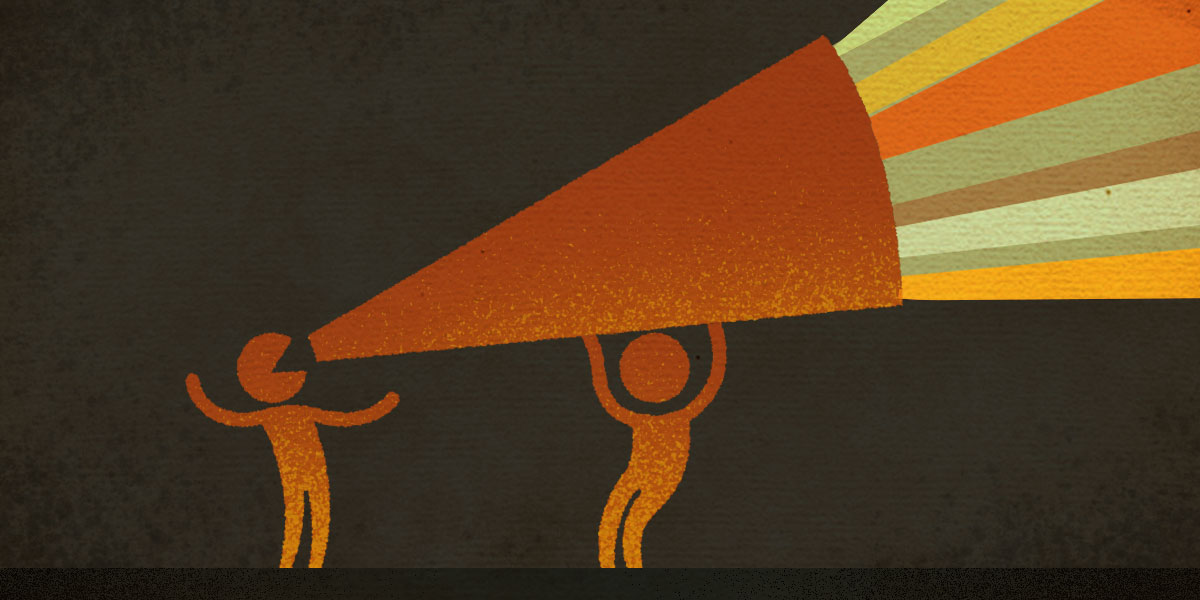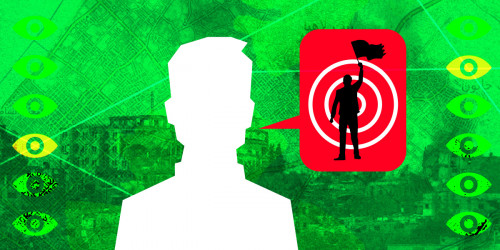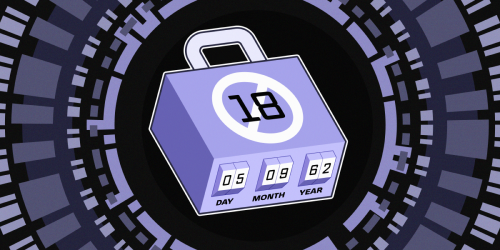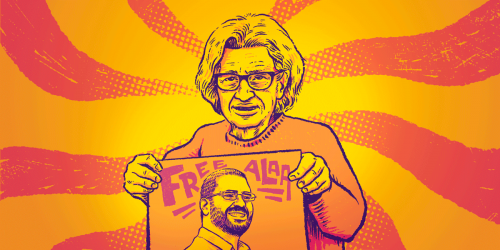This is the third post of a series about internet intermediary liability in Brazil. Our first post gives an overview of Brazil's current internet intermediary liability regime, set out in a law known as "Marco Civil da Internet," the context of its approval in 2014, and the beginning of the Supreme Court's judgment of such regime in November 2024. Our second post provides a bigger picture of the Brazilian context underlying the court's analysis and its most likely final decision.
Update: Brazil’s Supreme Court analysis of the country’s intermediary liability regime concluded on June 26, 2025. With three dissenting votes in favor of Article 19’s constitutionality, the majority of the court deemed it partially unconstitutional. Part of the perils we pointed out have unfortunately come true. The ruling does include some (though not all) of the minimum safeguards we had recommended. The full content of the final thesis approved is available here. Some highlights: importantly, the court preserved Article 19’s regime for crimes against honor (such as defamation). However, the notice-and-takedown regime set in Article 21 became the general rule for platforms’ liability for user content. Platforms are liable regardless of notification for paid content they distribute (including ads) and for posts shared through “artificial distribution networks” (i.e., networks of bots). The court established a duty of care regarding the distribution of specific serious unlawful content. This monitoring duty approach is quite controversial, especially considering the varied nature and size of platforms. Fortunately, the ruling emphasizes that platforms can only be held liable for these specific contents without a previous notice if they fail to tackle them in a systemic way (rather than for individual posts). Article 19’s liability regime remains the general rule for applications like email services, virtual conference platforms, and messaging apps (regarding inter-personal messages). The entirety of the ruling, including the full content of Justice’s votes, will be published in the coming weeks.
The court’s examination of Marco Civil’s Article 19 began with Justice Dias Toffoli in November last year. We explained here about the cases under trial, the reach of the Supreme Court’s decision, and Article 19’s background related to Marco Civil’s approval in 2014. We also highlighted some aspects and risks of Justice Dias Toffoli’s vote, who considered the intermediary liability regime established in Article 19 unconstitutional.
Most of the justices have agreed to find this regime at least partially unconstitutional, but differ on the specifics. Relevant elements of their votes include:
-
Notice-and-takedown is likely to become the general rule for platforms' liability for third-party content (based on Article 21 of Marco Civil). Justices still have to settle whether this applies to internet applications in general or if some distinctions are relevant, for example, applying only to those that curate or recommend content. Another open question refers to the type of content subject to liability under this rule: votes pointed to unlawful content/acts, manifestly criminal or clearly unlawful content, or opted to focus on crimes. Some justices didn’t explicitly qualify the nature of the restricted content under this rule.
-
If partially valid, the need for a previous judicial order to hold intermediaries liable for user posts (Article 19 of Marco Civil) remains in force for certain types of content (or certain types of internet applications). For some justices, Article 19 should be the liability regime in the case of crimes against honor, such as defamation. Justice Luís Roberto Barroso also considered this rule should apply for any unlawful acts under civil law. Justice Cristiano Zanin has a different approach. For him, Article 19 should prevail for internet applications that don’t curate, recommend or boost content (what he called “neutral” applications) or when there’s reasonable doubt about whether the content is unlawful.
-
Platforms are considered liable for ads and boosted content that they deliver to users. This was the position held by most of the votes so far. Justices did so either by presuming platforms’ knowledge of the paid content they distribute, holding them strictly liable for paid posts, or by considering the delivery of paid content as platforms’ own act (rather than “third-party” conduct). Justice Dias Toffoli went further, including also non-paid recommended content. Some justices extended this regime to content posted by inauthentic or fake accounts, or when the non-identification of accounts hinders holding the content authors liable for their posts.
-
Monitoring duty of specific types of harmful and/or criminal content. Most concerning is that different votes establish some kind of active monitoring and likely automated restriction duty for a list of contents, subject to internet applications' liability. Justices have either recognized a “monitoring duty” or considered platforms liable for these types of content regardless of a previous notification. Justices Luís Roberto Barroso, Cristiano Zanin, and Flávio Dino adopt a less problematic systemic flaw approach, by which applications’ liability would not derive from each piece of content individually, but from an analysis of whether platforms employ the proper means to tackle these types of content. The list of contents also varies. In most of the cases they are restricted to criminal offenses, such as crimes against the democratic state, racism, and crimes against children and adolescents; yet they may also include vaguer terms, like “any violence against women,” as in Justice Dias Toffoli’s vote.
-
Complementary or procedural duties. Justices have also voted to establish complementary or procedural duties. These include providing a notification system that is easily accessible to users, a due process mechanism where users can appeal against content restrictions, and the release of periodic transparency reports. Justice Alexandre de Moraes also specifically mentioned algorithmic transparency measures.
-
Oversight. Justices also discussed which entity or oversight model should be used to monitor compliance while Congress doesn’t approve a specific regulation. They raised different possibilities, including the National Council of Justice, the General Attorney’s Office, the National Data Protection Authority, a self-regulatory body, or a multistakeholder entity with government, companies, and civil society participation.
Three other justices have yet to present their votes to complete the judgment. As we pointed out, the ruling will both decide the individual cases that entered the Supreme Court through appeals and the “general repercussion” issues underlying these individual cases. For addressing such general repercussion issues, the Supreme Court approves a thesis that orients lower court decisions in similar cases. The final thesis will reflect the majority of the court's agreements around the topics we outlined above.
Justice Alexandre de Moraes argued that the final thesis should equate the liability regime of social media and private messaging applications to the one applied to traditional media outlets. This disregards important differences between both: even if social media platforms curate content, it involves a massive volume of third-party posts, mainly organized through algorithms. Although such curation reflects business choices, it does not equate to media outlets that directly create or individually purchase specific content from approved independent producers. This is even more complicated with messaging applications, seriously endangering privacy and end-to-end encryption.
Justice André Mendonça was the only one so far to preserve the full application of Article 19. His proposed thesis highlighted the necessity of safeguarding privacy, data protection, and the secrecy of communications in messaging applications, among other aspects. It also indicated that judicial takedown orders must provide specific reasoning and be made available to platforms, even if issued within a sealed proceeding. The platform must also have the ability to appeal the takedown order. These are all important points the final ruling should endorse.
Risks and Blind Spots
We have stressed the many problems entangled with broad notice-and-takedown mandates and expanded content monitoring obligations. Extensively relying on AI-based content moderation and tying it to intermediary liability for user content will likely exacerbate the detrimental effects of these systems’ limitations and flaws. The perils and concerns that grounded Article 19's approval remain valid and should have led to a position of the court preserving its regime.
However, given the judgement’s current stage, there are still some minimum safeguards that justices should consider or reinforce to reduce harm.
It’s crucial to put in place guardrails against the abuse and weaponization of notification mechanisms. At a minimum, platforms shouldn’t be liable following an extrajudicial notification when there’s reasonable doubt concerning the content’s lawfulness. In addition, notification procedures should make sure that notices are sufficiently precise and properly substantiated indicating the content’s specific location (e.g. URL) and why the notifier considers it to be illegal. Internet applications must also provide reasoned justification and adequate appeal mechanisms for those who face content restrictions.
On the other hand, holding intermediaries liable for individual pieces of user content regardless of notification, by massively relying on AI-based content flagging, is a recipe for over censorship. Adopting a systemic flaw approach could minimally mitigate this problem. Moreover, justices should clearly set apart private messaging applications, as mandated content-based restrictions would erode secure and end-to-end encrypted implementations.
Finally, we should note that justices generally didn’t distinguish large internet applications from other providers when detailing liability regimes and duties in their votes. This is one major blind spot, as it could significantly impact the feasibility of alternate and decentralized alternatives to Big Tech’s business models, entrenching platform concentration. Similarly, despite criticism of platforms’ business interests in monetizing and capturing user attention, court debates mainly failed to address the pervasive surveillance infrastructure lying underneath Big Tech’s power and abuses.
Indeed, while justices have called out Big Tech’ enormous power over the online flow of information – over what’s heard and seen, and by whom – the consequences of this decision can actually deepen this powerful position.
It’s worth recalling a line of Aaron Schwarz in the film “The Internet’s Own Boy” when comparing broadcasting and the internet. He said: “[…] what you see now is not a question of who gets access to the airwaves, it’s a question of who gets control over the ways you find people.” As he puts it, today’s challenge is less about who gets to speak, but rather about who gets to be heard.
There’s an undeniable source of power in operating the inner rules and structures by which the information flows within a platform with global reach and millions of users. The crucial interventions must aim at this source of power, putting a stop to behavioral surveillance ads, breaking Big Tech’s gatekeeper dominance, and redistributing the information flow.
That’s not to say that we shouldn’t care about how each platform organizes its online environment. We should, and we do. The EU Digital Services Act, for example, established rules in this sense, leaving the traditional liability regime largely intact. Rather than leveraging platforms as users’ speech watchdogs by potentially holding intermediaries liable for each piece of user content, platform accountability efforts should broadly look at platforms’ processes and business choices. Otherwise, we will end up focusing on monitoring users instead of targeting platforms’ abuses.












